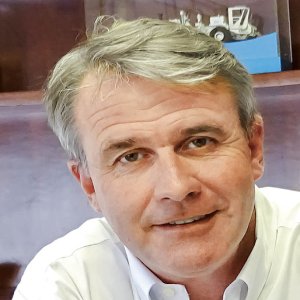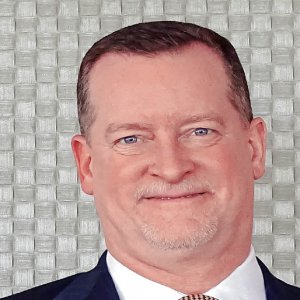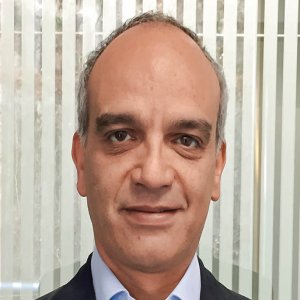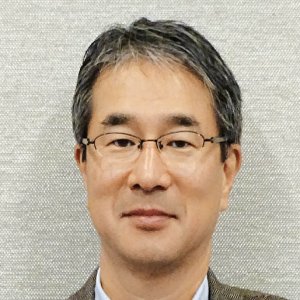A History of Technological Expertise in Gas Processing

STORY INLINE POST
Q: What is the role of partnerships in securing your position in the Mexican market?
A: We have supplied Siemens Power Generation for over 30 years, making Petrogas one of its main suppliers for fuel gas and fuel oil systems. The Mexican market is not a new one, but since it is now open, it is easier to target the players. In the past, we could not go to CFE or PEMEX, but we could work with contractors instead. Now Petrogas is registered as an official supplier to PEMEX, but obtaining projects from the NOC at this moment is difficult because it wants its contractors to pay for the projects and Petrogas is not an investor. Nonetheless, we are talking with a Dutch investment company and we are looking into a few projects in Mexico where this Dutch company is bringing several suppliers together in joint ventures.
Q: Which of your midstream products do you expect to be the most sought-after in the Mexican market?
A: I am sure that our fuel gas conditioning systems, both for filtration and separation, will be the most popular. One specialized item we have is a black powder remover. Black powder is a result of a corrosion process forming iron oxides and iron sulfides in pipelines, which damage moving equipment such as valves, compressors, and gas turbines installed downstream along the pipeline. I do not know if Mexico is suffering from this, but this has become a huge problem in the Middle East, and at the moment we are installing equipment in that region to solve the situation with advanced technology.
Q: In addition to installing, do you carry out maintenance operation throughout the life cycle of the pipeline?
A: Since our company was established in 1949, all our installations are built for plants along pipelines that are planned for anywhere from 35 to 40 years of service. Even when I visit old plants being decommissioned, our equipment still works. If we supply any equipment that is feeding a power station, after 35 years the power station will be demolished but the gas system is still fully operational. At the moment, we are targeting the electricity market. The majority of our clients are OEMs like Siemens, GE, and Alstom, or contractors like Duro Felguera, and we supply these companies with fuel gas conditioning systems. Our second targets will be in the upstream market, where we will help dry the gas and remove sulfur. In fact, we have supplied several installations in Mexico, mainly in Mexico City, Monterrey, and Rosarito, among other places. Most of these are operated by CFE, but they have been supplied by OEMs and EPC contractors.
Q: How do you foresee the market for your products expanding in Mexico, given the fact that the authorities are pushing for cleaner power generation methods?
A: Certain voices in the industry are commenting on the changing role for EPC contractors, particularly their possible transformation into operators and how this impacts the supply of turnkey solutions services in Mexico, such as the ones we supply. CFE might be the owner of a power station, but someone else might be buying the equipment. CFE has an agreement with an OEM or EPC company, and this company buys the components that will be used in the site. We supply to these companies, so we do not supply directly to CFE. With that being said, we also know that CFE is increasingly participating in natural gas transportation and is tendering pipelines to bring gas to and from the US. The main opportunities created by this development come from the fact that we are in contact with some of the pipeline companies, so we are trying to attract their attention with our project so that they notice our equipment and request it.
























